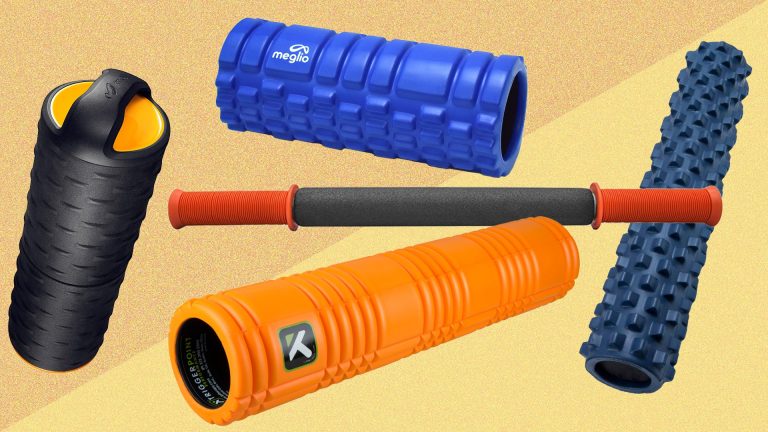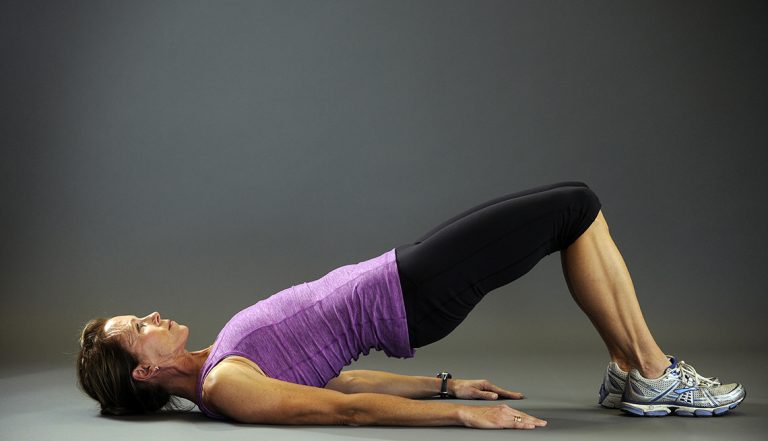Postpartum Upper Back Pain: Causes, Prevention, and Relief
Are you a new mom experiencing postpartum upper back pain? Don’t worry, you’re not alone.
Whether it’s from hormonal changes or the strain of carrying your little one, postpartum back pain is a common issue that many women face. But fear not, there are ways to alleviate the discomfort and get back to enjoying motherhood.
In this article, we’ll explore the causes of postpartum back pain and share effective coping methods. From proper body mechanics to gentle exercises, we’ve got you covered.
So, stay tuned and discover how you can find relief and restore your comfort.
postpartum upper back pain
Postpartum upper back pain is a common issue experienced by women after giving birth. This discomfort can be attributed to physical and hormonal changes during pregnancy, as well as changes in posture and the act of carrying the baby.
Fortunately, postpartum back pain typically improves within a few months. To cope with this type of pain, it is recommended to engage in gentle exercise, practice proper body mechanics, and focus on self-care.
However, if the pain is severe, it is important to consult a healthcare provider who may refer you to a physical therapist. Causes of postpartum back pain can include pregnancy hormones, strained abdominal muscles, improper bending and lifting techniques, and holding the baby incorrectly.
To find relief, it is advisable to be conscious of how you bend and lift, maintain a straight spine while caring for the baby, start with gentle postpartum exercises, consider using heat therapy, and utilize a footrest while sitting and feeding the baby.
Key Points:
- Postpartum upper back pain is common after giving birth, caused by physical and hormonal changes during pregnancy.
- The pain usually improves within a few months but severe cases should be consulted with a healthcare provider.
- Coping recommendations include gentle exercise, proper body mechanics, and self-care.
- Causes of postpartum back pain can include pregnancy hormones, abdominal strain, improper bending and lifting techniques, and incorrect baby holding.
- To find relief, focus on proper bending and lifting techniques, maintaining a straight spine while caring for the baby, gentle postpartum exercises, heat therapy, and using a footrest while sitting and feeding the baby.
Sources
https://www.babycenter.com/baby/postpartum-health/postpartum-back-pain-how-to-get-relief_1152191
https://www.whattoexpect.com/first-year/postpartum-health-and-care/postpartum-backache-back-pain/
https://www.mayoclinic.org/healthy-lifestyle/pregnancy-week-by-week/in-depth/pregnancy/art-20046080
https://www.mamamend.com/postpartum-health/postpartum-back-pain
Check this out:
💡 Pro Tips:
1. Stretch your upper back muscles regularly to relieve postpartum upper back pain. This can include simple exercises like shoulder rolls or reaching your arms overhead and gently stretching.
2. Invest in a supportive nursing pillow or feeding pillow to help maintain a good posture while breastfeeding or bottle-feeding. This will reduce strain on your upper back and improve comfort.
3. Avoid wearing high heels or shoes with inadequate support, as they can exacerbate upper back pain. Opt for comfortable, supportive footwear instead.
4. Practice good ergonomics while completing everyday tasks, such as bending down to pick up your baby or carrying them. Bend your knees and lift with your legs to protect your back from unnecessary strain.
5. Consider seeking alternative therapies to manage postpartum upper back pain, such as acupuncture or chiropractic adjustments. These can provide additional relief and support healing in your back muscles.
Physical And Hormonal Changes During Pregnancy
During pregnancy, a woman’s body undergoes numerous physical and hormonal changes to accommodate the growing baby. These changes can contribute to postpartum back pain.
The weight gain during pregnancy places added stress on the spine and back muscles. The hormones produced during pregnancy, such as relaxin, are responsible for loosening the ligaments and joints in preparation for childbirth.
While this is necessary for the baby’s delivery, it can lead to instability and discomfort in the back.
In addition to the weight and hormonal changes, the increase in breast size can also affect the upper back. The added weight of the breasts can pull the shoulders forward, leading to poor posture and strain on the upper back muscles.
All of these factors combined make postpartum upper back pain a common issue for new mothers.
Posture And Carrying The Baby
Another factor that contributes to postpartum back pain is the change in posture and the way new mothers carry their babies. Many new mothers tend to lean forward while breastfeeding or cuddling their babies, placing strain on the upper back muscles.
Additionally, constantly carrying a baby, especially as they grow larger, can lead to muscle imbalances and postural misalignment.
The mother’s body naturally tries to compensate for the weight of the baby by hunching forward, causing the upper back to become rounded. This rounded posture puts pressure on the spine and can lead to discomfort and pain.
Therefore, it is crucial for new mothers to be mindful of their posture and make a conscious effort to maintain proper alignment while caring for their babies.
Improvements In Back Pain
The good news is that postpartum back pain generally improves within a few months after giving birth. The body slowly starts to regain its pre-pregnancy state, and the hormonal changes begin to settle.
As the ligaments and joints tighten back to their usual state, the instability that contributed to the back pain decreases. Additionally, as the baby grows and becomes more independent, the strain on the back from carrying and lifting decreases.
However, it is important to note that every woman’s body is unique, and some may experience back pain for a longer duration. It is essential to be patient and take steps to alleviate the discomfort during this period.
Coping Methods For Postpartum Back Pain
There are several methods that new mothers can utilize to cope with postpartum back pain. These methods aim to relieve pain, improve posture, and strengthen the back muscles.
It is important to consult with a healthcare provider before starting any exercise regimen, especially after childbirth.
-
Gentle exercise: Engaging in gentle postpartum exercises that focus on strengthening the back and core muscles can be beneficial. These exercises should be low impact and gradually increased over time.
-
Proper body mechanics: It is crucial to maintain proper body mechanics while performing daily activities such as lifting the baby or bending down. This involves using the legs instead of the back muscles and maintaining a straight spine.
-
Self-care: Taking time for self-care, including massage, hot showers, and applying heat packs to the back, can provide temporary relief from back pain. It is also important to prioritize rest and relaxation to allow the body to recover.
Seeking Medical Advice For Severe Pain
While back pain is common after childbirth, severe pain should not be ignored. If the pain becomes unbearable or if it persists for an extended period, it is essential to seek medical advice.
A healthcare provider may refer the mother to a physical therapist who can provide specialized care and exercises tailored to alleviate postpartum back pain.
Causes And Relief Tips For Postpartum Back Pain
The causes of postpartum back pain can be multifaceted and include:
-
Pregnancy hormones: The hormonal changes during pregnancy, particularly relaxin, can contribute to back pain. – Strained abdominal muscles: The abdominal muscles undergo significant stretching during pregnancy, and weakened muscles can place additional strain on the back.
-
Bending and lifting: Incorrect bending and lifting techniques, especially when picking up the baby or other heavy objects, can strain the back muscles. – Holding the baby incorrectly: Holding the baby in an awkward position or without proper support can lead to upper back pain.
To find relief from postpartum back pain, the following tips can be effective:
- Be conscious of bending and lifting: Always use proper lifting techniques by bending the knees and using the leg muscles rather than the back to lift objects. – Maintain a straight spine while caring for the baby: Avoid slouching and rounded shoulders when breastfeeding or holding the baby.
Use pillows or nursing chairs to support the back. – Start with gentle postpartum exercises: Gradually introduce exercises focusing on the back and core muscles under the guidance of a healthcare professional.
- Heat therapy: Applying a heating pad or taking warm showers can help relax tense muscles and provide relief from back pain. – Use a footrest while sitting and feeding the baby: Elevating the feet while sitting can help maintain proper posture and reduce strain on the upper back.
By being aware of the causes and implementing these relief tips, new mothers can effectively manage postpartum upper back pain and enjoy their journey of motherhood with minimal discomfort.




